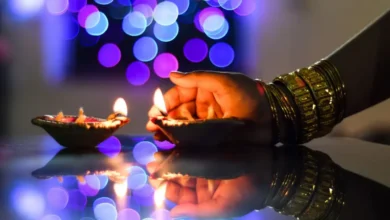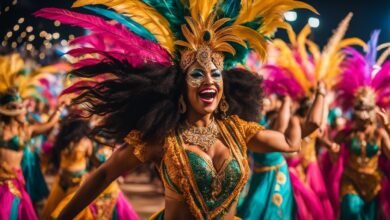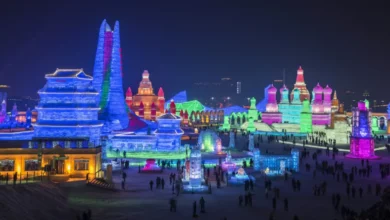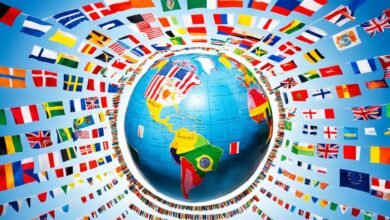Table of Contents
Chinese New Year, Traditions, Celebrations, and Cultural Significance
Chinese New Year, also known as the Spring Festival or Lunar New Year, is arguably the most significant traditional festival in Chinese culture. More than just a simple holiday, it’s a vibrant, multifaceted celebration steeped in history, rich traditions, and deep-rooted cultural meaning.
As we delve into the intricacies of this magnificent event, we aim to paint a comprehensive picture of its essence, its practices, and its far-reaching impact, not only within China but also across the globe.
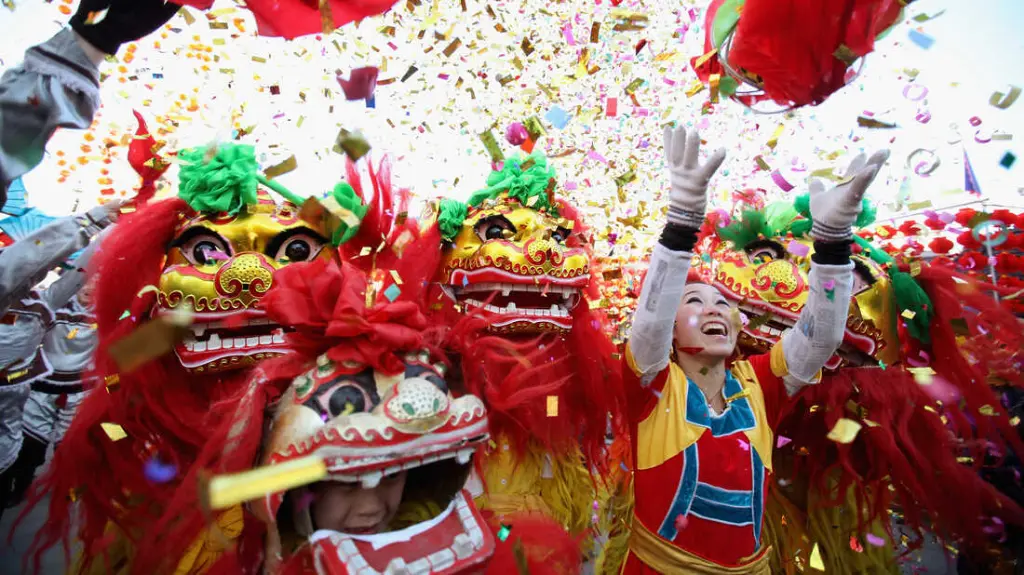
The Historical Roots and Evolution
The origins of Chinese New Year are shrouded in the mists of time, with some tracing its roots back to the Shang Dynasty (c. 1600-1046 BCE). Initially, the festival was primarily an agricultural celebration marking the end of the winter season and the arrival of spring, a crucial time for planting and new beginnings.
Over centuries, the festival absorbed numerous folk traditions, religious beliefs, and mythological narratives, morphing into the complex event we know today. The calendar used for the festival is the lunisolar calendar, a complex system that accounts for the cycles of both the moon and the sun. This is why the date of Chinese New Year shifts each year, falling anywhere between January 21st and February 20th.
The evolution of the festival has seen different customs and celebrations gain prominence over time. While the core values remain, local and regional variations exist across China and diasporic Chinese communities. From family reunions and feasting to the exchange of red envelopes and vibrant parades, each element carries historical weight and deep cultural significance.
The Zodiac and its Role in Celebrations
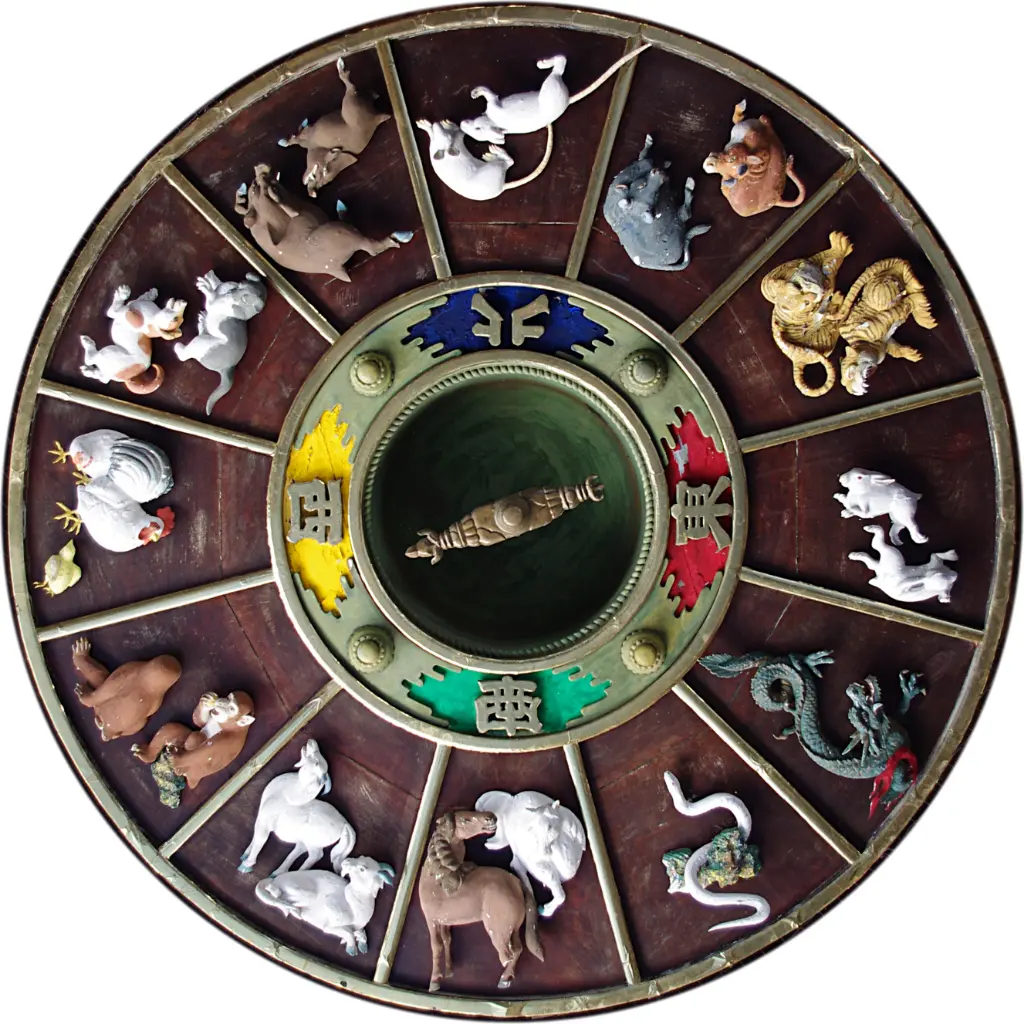
A key element of Chinese New Year is the Chinese zodiac, a twelve-year cycle where each year is associated with a different animal sign: Rat, Ox, Tiger, Rabbit, Dragon, Snake, Horse, Goat, Monkey, Rooster, Dog, and Pig.
Each animal is believed to impart certain characteristics and personality traits to individuals born under its sign. The zodiac plays a significant role in planning and celebrations, with each year bringing its own set of auspicious practices and symbolic meanings.
For example, people may choose to focus on specific aspects of life or make particular resolutions based on the zodiac animal of that year.
The Preparations: Cleaning, Shopping, and Decorating
The lead-up to Chinese New Year is a busy time, filled with preparations designed to ensure a smooth transition into the new year. A major custom is the thorough cleaning of houses, symbolizing the clearing out of old misfortunes and bad luck to make way for good fortune.
This tradition, known as “sweeping away the dust,” is not just about physical cleanliness; it’s also about mental and spiritual preparation for fresh starts.
Shopping for the New Year is another crucial aspect of the preparations. People buy new clothes, special foods, and gifts for loved ones. Decorations, predominantly red in color (representing good fortune and happiness), are hung around homes and businesses.
These include paper cuttings, lanterns, and couplets with auspicious messages written on them. The atmosphere of excitement and anticipation builds as the New Year draws closer, reflecting the community spirit and collective energy focused on welcoming prosperity and good health.
Core Traditions and Festivities
Chinese New Year is much more than a single day; it’s a period of celebration that typically lasts for 15 days, culminating in the Lantern Festival. Each day has its own traditions and observances, designed to bring luck, happiness, and prosperity. These traditions showcase the depth of the culture and the importance of family and community ties.
The Reunion Dinner: A Heartfelt Family Gathering
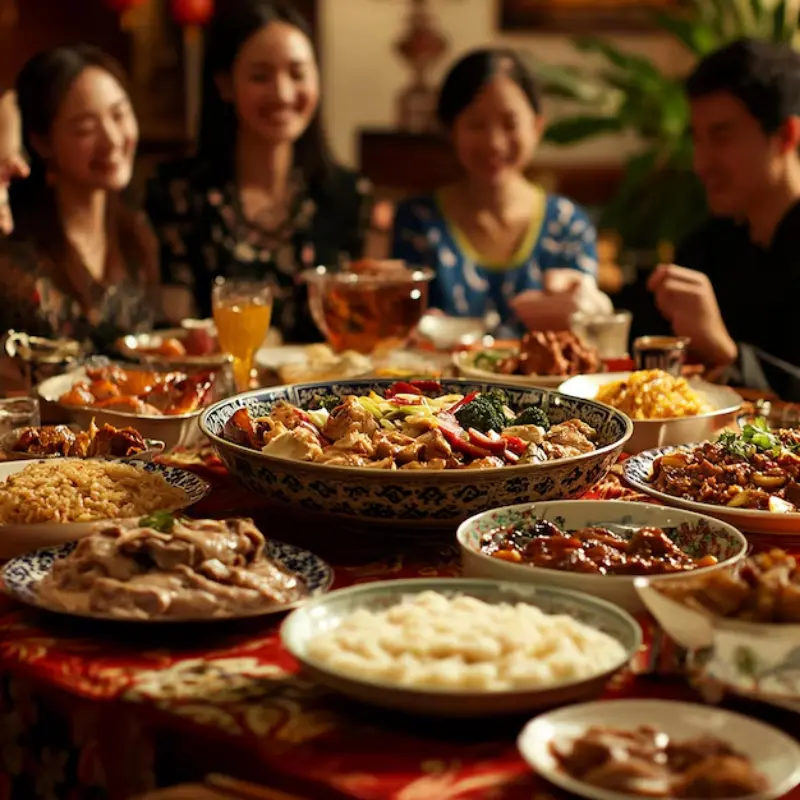
The reunion dinner, held on the eve of Chinese New Year, is the most important meal of the year. It’s a time for families to come together, often traveling long distances to be with their loved ones. This is not just a dinner; it’s a profound display of family values and the importance of unity.
Special dishes, each carrying symbolic meanings, are prepared, such as dumplings (symbolizing wealth), fish (symbolizing surplus), and spring rolls (symbolizing prosperity).
The whole family participates, and the joy and laughter create cherished memories. The symbolism is powerful, and the coming together is the best way to guarantee family ties for another year.
The Giving of Red Envelopes (Hongbao)
One of the most recognizable traditions of Chinese New Year is the giving of red envelopes (hongbao), containing money. This practice is primarily for children and unmarried adults, and sometimes for elderly relatives. The red color symbolizes luck and prosperity, while the money is meant to bring good fortune for the year ahead.
The giving and receiving of hongbao is a joyful exchange, reflecting the generosity and goodwill that define the New Year celebrations. Nowadays, digital “red envelopes” are also common, reflecting the integration of tradition with modern technology. The spirit, however, remains the same – to spread joy, luck, and blessings to others.
Lion and Dragon Dances: Vibrant Displays of Festivity
No Chinese New Year celebration would be complete without the captivating lion and dragon dances. These performances, featuring elaborately decorated costumes and intricate choreography, are believed to ward off evil spirits and bring good luck. The rhythmic beats of drums, cymbals, and gongs accompany the dances, creating an atmosphere of excitement and festivity.
The lion dance is often characterized by its agile and playful movements, while the dragon dance, performed by a team of dancers, is a majestic display of strength and coordination. These are more than just entertainment; they’re symbolic rituals that energize communities and celebrate shared cultural heritage.
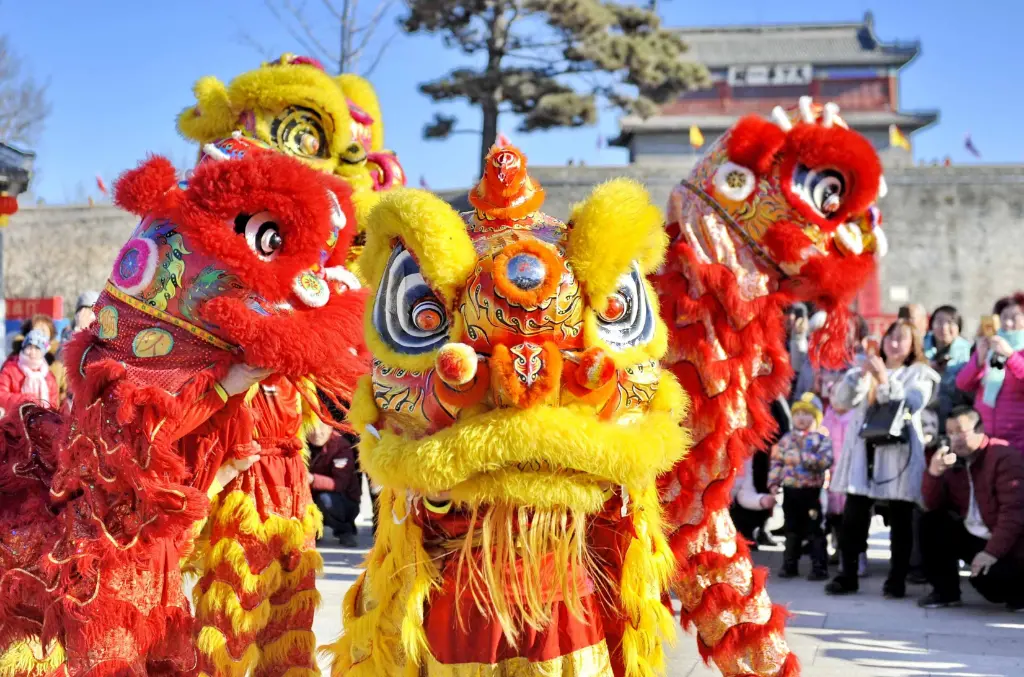
The Cultural and Social Significance
The impact of Chinese New Year extends far beyond mere festivities. It is deeply embedded in the social and cultural fabric of Chinese society, acting as a powerful reminder of shared values, traditions, and collective identity.
It transcends generational gaps, bringing families together and ensuring the continuity of important cultural practices. It is the year’s most essential occasion for many families to get together. This event is also important to maintain the social structures of the family and the group in general.
A Time for Reflection and Renewal
Beyond the celebrations and festivities, Chinese New Year is a time for personal reflection and renewal. The new year offers an opportunity to contemplate the past year, learn from mistakes, and set new intentions for the future. It’s a time for forgiveness, reconciliation, and the reaffirmation of relationships. It is a symbolic cleansing, not only of the home but also of the heart, making space for new opportunities and positive changes.
Chinese New Year Globally: A Celebration of Cultural Diversity
The influence of Chinese New Year is not limited to China; it is celebrated by Chinese communities around the world, becoming a global phenomenon that bridges cultural divides.
Major cities with significant Chinese diasporic populations host vibrant parades, cultural performances, and community events. This widespread celebration highlights the richness of Chinese culture and promotes cross-cultural understanding and appreciation.
Each celebration around the globe adds a unique touch, showcasing both the adaptability and resilience of Chinese cultural heritage. The global nature of this festival shows how multicultural the world is becoming and the importance of being open-minded.
The Lantern Festival: The Conclusion of the Celebration
The fifteenth day of the New Year marks the culmination of the celebrations with the Lantern Festival. This festival features beautiful displays of lanterns in various shapes, sizes, and colors, each carrying their own symbolism and artistic expression.
Many people take to the streets to admire these, creating an atmosphere of wonder and enchantment. This festival also represents the first full moon of the new lunar year and symbolizes reunion and togetherness.
The Lantern Festival brings the grand Chinese New Year celebrations to a close, marking the end of the festive season, but leaving behind memories that will last all year long.
Frequently Asked Questions (FAQs)
What is the significance of the color red during Chinese New Year?
Red is considered an auspicious color in Chinese culture, symbolizing good fortune, happiness, and prosperity. It’s believed to ward off bad luck and evil spirits, hence its prominent use in decorations, clothing, and gifts during Chinese New Year.
Why does the date of Chinese New Year change every year?
The date of Chinese New Year is determined by the lunisolar calendar, which is based on the cycles of both the moon and the sun. This means the new year falls on a different day each year, generally between January 21st and February 20th.
Are there any specific taboos or things to avoid during Chinese New Year?
Yes, there are several traditional taboos during Chinese New Year. These include avoiding sweeping the floors on the first day of the new year (to avoid sweeping away good luck), refraining from using sharp objects, and avoiding taking medicine. Additionally, wearing black and white is generally discouraged, as they are associated with mourning.
Chinese New Year is more than just a holiday; it’s a living testament to China’s rich cultural heritage, intricate traditions, and enduring values. From its historical roots to its global celebration, it remains a potent symbol of family unity, community spirit, and the hope for a prosperous future.
The multifaceted nature of this festival offers a unique window into the soul of Chinese culture, making it a truly remarkable event that deserves to be understood and appreciated. As we’ve explored in this article, its traditions, symbols, and social impact make it one of the most important cultural celebrations in the world.
The meticulous preparations, the joyful celebrations, and the deep-rooted traditions all blend together to create the grand tapestry that is Chinese New Year. We hope this exploration has not only informed but also inspired a deeper appreciation for this magnificent cultural event.“`

